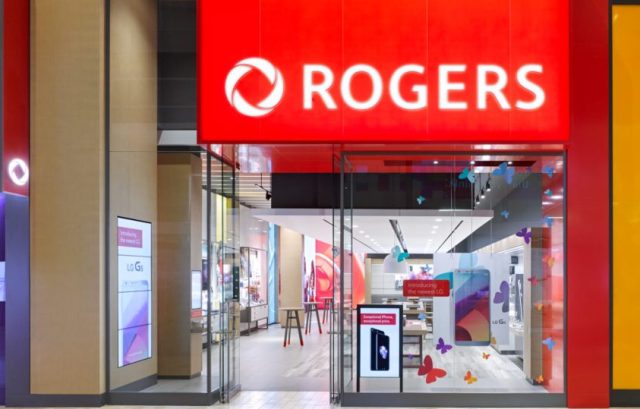Rogers Communications has revealed that its mobile ARPU rose marginally by C$0.01 to $57.26 during the first quarter of 2023 from $57.25 in Q1 2022 as it expanded 5G network.
 Rogers Communications, which completed the deal to buy Shaw, has expanded 5G network, reaching over 2,000 communities across Canada as at March 31, 2023.
Rogers Communications, which completed the deal to buy Shaw, has expanded 5G network, reaching over 2,000 communities across Canada as at March 31, 2023.
Rogers Communications said its capital expenditure rose 37 percent to reach $892 million in Q1 2023 vs $649 million in Q1 2022.
Wireless Capex of Rogers Communications touched $452 million vs $337 million.
Cable Capex of Rogers Communications touched $319 million vs $256 million.
Media Capex of Rogers Communications touched $61 million vs $22.
The substantial hike in Capex expenditures in wireless business was a result of investments in upgrade and expansion of wireless network. The deployment of 3500 MHz spectrum substantially augments the capacity and resilience of earlier 5G deployments in the 600 MHz spectrum band.
The increase in Capex reflects investments in, and expansion of, infrastructure, including additional fibre deployments to increase our FTTH distribution. Rogers is in the process of expanding and upgrading DOCSIS 3.1 platform to evolve to DOCSIS 4.0.
The increase in capital expenditures in Media this quarter was primarily a result of higher Toronto Blue Jays stadium infrastructure expenditures to complete the first phase of new fan experience renovations at the Rogers Centre.
Rogers has also revealed that it will enhance its Capex to $3,700 million to $3,900 million in 2023 as against the previous guidance of $3,100 to $3,300 million. In 2022, Rogers spent $3,075 million towards Capex.
Rogers’ total revenue rose 6 percent to C$3.84 billion ($2.82 billion) in the first quarter ended March 31.
Demand for Rogers’ 5G services has remained high, but increased cord-cutting hurt its cable business. The telecom giant’s wireless revenue grew 10 percent in the first quarter.
Cable revenue fell 2 percent. Rogers blamed increased competitive promotional activity and a decline in video and home phone revenue for the shortfall.
Earlier this month, Rogers closed its C$20 billion deal for Shaw Communications, capping two years of antitrust concerns and paving the way for the creation of Canada’s No.2 telecoms company.
Big three carriers Rogers, BCE and Telus are fighting for dominance in Canada, where people are paying some of the highest mobile rates in the world.
In the three months ended March 31, Rogers added 95,000 monthly bill paying phone subscribers, compared with 193,000 in the previous quarter.
The Toronto Blue Jays owner is also seeing its media business recover from the effects of the pandemic. Media revenue climbed 5 percent.





